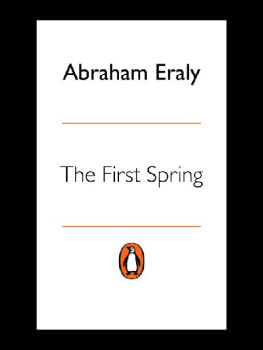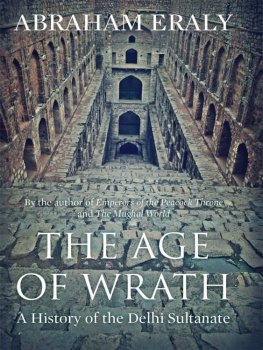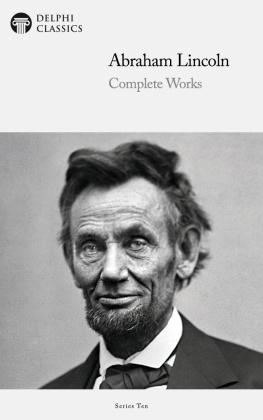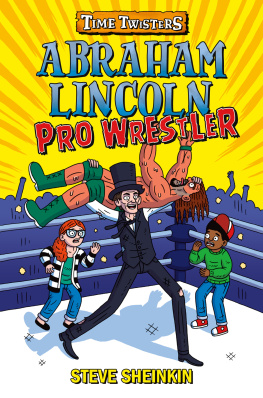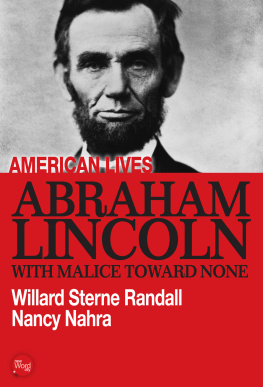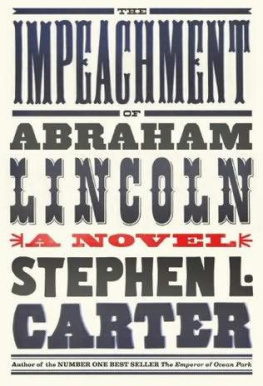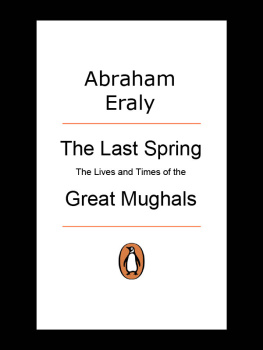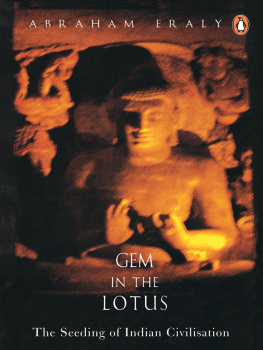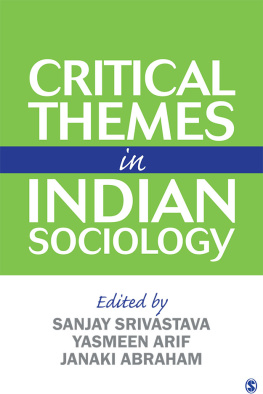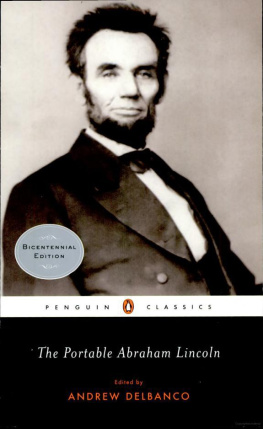ABRAHAM ERALY
The First Spring
The Golden Age of India
Contents
This book is dedicated to the memory of Dr. Chandran Devanesan, Warden, Professor and Principal, who saw in a callow youth a glimmer of something worth encouraging, and gave him a future to devise.
Truth is the lord of this world
all things are rooted in truth,
there is no higher goal than truth.
Ramayana
Upon all I ever look
everywhere impartially,
without distinction of persons
or mind of love or hate.
Saddharma Pundarika Sutra
To harm no living thing in deed,
in thought, or word, to exercise
benevolence and charity
virtues eternal law is this.
Mahabharata
Preface
The history of classical India is a vast and complex maze with many snares to entrap the explorer. Much of it is so thickly encrusted with myths that it is hard to separate facts from fables. And there are scarcely any firm dates to peg the chronology of the period.
Classical India had no factual chroniclers, with the sole exception of Kalhana of the twelfth-century Kashmir. The primary sources of information on the political history of the period are royal inscriptions and panegyrics by courtiers. Little credence can be given to themmany of the glorious achievements attributed to classical Indian kings by courtier poets quite probably existed only in poetic imagination. This world with all its changes seem to lie on the tongues of poets, frankly states Vakpati, an Indian courtier chronicler of the eighth century.
As for the traditional histories of India given in the Puranas, they were revised over and over in the course of several centuries, to reflect the changes in Indias political and cultural environment, and the data in them are all hopelessly jumbled up. Even their dynastic lists are chaotic. They are therefore of little use in reconstructing Indian history. Concedes Vishnu-purana : I have given this history. But the existence of these kings will in future become a matter of debate and doubt as the very existence of Rama and other emperors has become today a matter of doubt and speculation. Emperors become mere legends in the current of time.
The accounts of foreignersGreeks, Romans, Chinese, Arabs and early Europeansprovide a different perspective on India, but these too are flawed by distortions and exaggerations. Strabo, a first century BCE CE Greek historian, noting the many contradictions in the reports about India by Alexanders generals, comments: If they differ thus about what was seen, what must we think of what they report from hearsay? So, in cases like these, one must accept everything that is nearest to credibility.
This lack of reliability of sources however primarily affects only political history, and does not seriously hamper the study of the socio-cultural history of classical India, on which we have a good amount of fairly reliable information. For about a thousand years, from around the middle of the first millennium BCE to around the middle of the first millennium CE , India was a prosperous and marvellously creative civilization, which made many seminal contributions in several fields of culture. But this was followed by a many-centuries-long cultural hibernation and decay, from which India is yet to fully awaken. The study of these progressive and regressive phases of the classical Indian civilisation is the subject of this book.
INDIANS TODAY TAKE great pride in their ancient cultural heritage, and rightly so, but they have generally shown little regard for the preservation of their ancient texts, or of the relics of their past. Incredible though it might seem, a third century BCE Asoka pillar was used as a road roller by a contractor in early modern times; similarly, a slab of the fourth century CE Mathura stone inscription of Emperor Chandra-Gupta II was used to pave a street! And as recently as 2008, the nearly 1000-year-old frescos in a Pallava temple in Tamil Nadu were obliterated by sandblasting themto clean up the walls! And everywhere in India, numerous ancient monuments were ransacked by the common people for construction materials, to build their mean tenements.
Many of the historical relics of India that are extant now are those salvaged or protected by European conservationists during the British rule. Europeans also played a crucial role in collating and publishing ancient Indian texts, many of which had become quite corrupt over the centuries. And Europeans were the first to explore ancient Indian history and reveal its richness to the worldand to Indians themselves.
However, many myths about Indias heritage still persist. And they distort the self-image of contemporary Indians. The myths, the dead forms which have no vital truth to support them only prolong the suffering of the patient who is ailing from the poison generated by the putrid waste of the past, comments Radhakrishnan, former president of India. To move ahead, India has to free its mind from the mental prison of the past.
I HAVE IN THIS book tried to portray a civilization, including the everyday life of the people, rather than narrate a conventional history. I have therefore quoted extensively from the primary sources of the period, to enable readers to see the events of the age through the eyes of the people who lived then, and thus vicariously relive those experiences. Political history is just one part of this twelve-part book.
The Overview, with which the text opens, briefly summarizes the central themes explored in detail in the main sections of the book. This has been done so that the reader may not lose the motif of the book in its mass of detail.
This book is part of a four-volume study of the pre-modern history of India, from the beginning up to the eighteenth century. Two books of this series have already been published: The Last Spring: The Lives and Times of the Great Mughals and Gem in the Lotus: The Seeding of Indian Civilization . The next book will cover the history of early medieval India, and will complete the set.
The term ancient India used in this book refers to the entire pre-medieval period, from the beginning up to the eleventh century CE , while classical India refers to the period from the second century BCE to the eleventh century CE . And the term India refers to the subcontinent, not to the Republic of India.
PART I
OVERVIEW
All undertakings in this world depend both on the ordering of fate and on human exertion. Of these two, the ways of fate are unfathomable, but in the case of mans work action is possible.
MANU
{1}
The Golden Age
India is the best of all the lands of the world It is only after many thousand rebirths, and the accumulation of much merit, that living beings are born in India as men, claimed Vishnu-purana , a Sanskrit text of around the fifth century CE . The gods themselves exclaim, Happy are all those who live in India for they are higher than the gods themselves. And a Gupta inscription of the same period exulted: Perfection has been attained!
All this might today seem ludicrous even as fantasies, but some 1,500 years ago, when these claims were made, they would not have seemed all that absurd, for it was then the golden age of Indian civilization, its first spring. India, comments modern historian Basham, was [then] perhaps the happiest and most civilized region of the world.




